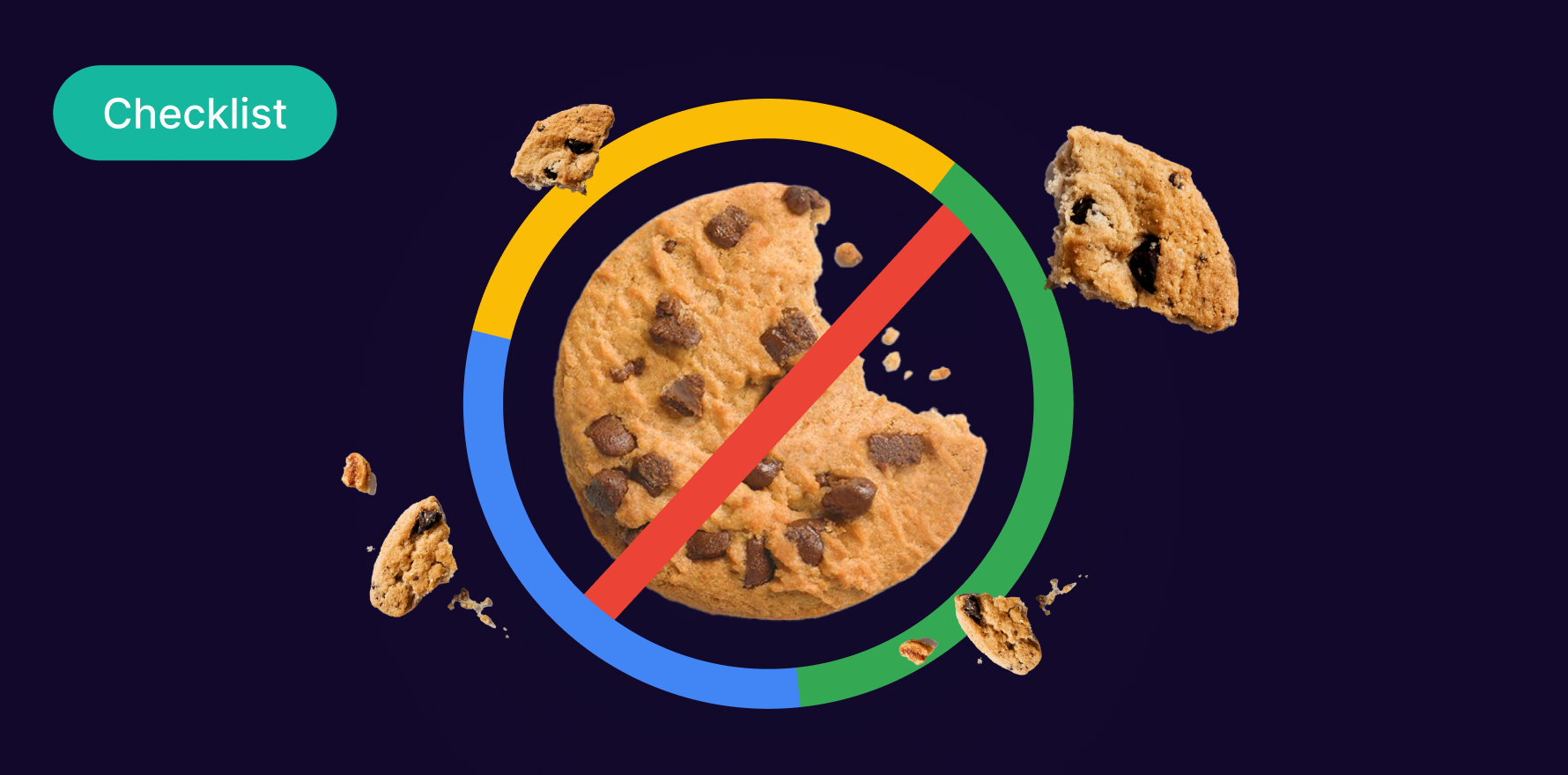What is In-app purchase?
In-app purchase (IAP) refers to the monetization model that enables users to buy digital goods, such as virtual items, premium content, or subscriptions, directly within a mobile app. These purchases can enhance user experience, unlock new features, remove ads, or provide users with game-enhancing items.
Formula
The IAP rate can be calculated by dividing the total number of active users who made an in-app purchase by the total active users, multiplied by 100.
IAP rate (%) = (Total active users who made an IAP / Total active users) * 100
Example
A mobile game app might offer in-app purchases that allow users to buy virtual coins to access new levels, lives, features, or abilities.
Why is In-app purchase important?
IAP is a critical revenue generation model for many app developers. By providing extra content for purchase, businesses can monetize their apps beyond the initial download. It also improves user engagement by creating a satisfying user experience and provides users with an opportunity for personalized experiences based on their spendings.
Which factors impact In-app purchase?
To boost IAP, businesses can strategically place purchasing opportunities within the app. Offering discounted bundles, leveraging exclusive content, and personalizing offerings based on user behaviour can stimulate IAP. Additionally, ensuring secure and smooth payment processes can also increase user confidence in making purchases.
How can In-app purchase be improved?
User experience and value perception play critical roles in influencing IAP. High-quality content, app design, personalized user experience, competitive pricing, and ease of transaction are key determinants. Seasonal offers and time-bound events can tend to increase IAP.
What is In-app purchase’s relationship with other metrics?
IAP can impact other key ecommerce metrics like the Customer Lifetime Value (CLTV) and Average Revenue Per User (ARPU). A high IAP rate can lead to higher CLTV as customers making in-app purchases are likely to spend more during their lifetime. Similarly, it positively affects ARPU because it increases the total revenue generated per user.
Free essential resources for success
Discover more from Lifesight






















































